Contents
Prohibition is not a new or unique phenomenon. Even in ancient China, restrictions were imposed on the production and consumption of alcohol. And if you think that all such decrees and regulations have remained in the semi-wild past, remember – what time does the sale of alcoholic products stop in your region? Local authorities often take the initiative themselves by banning the sale of alcoholic beverages on holidays and at night.
Nicholas II and World War I
How acute was the problem of alcoholism in Tsarist Russia, at least the fact that in those days it was customary to give cabbies and waiters not “for tea”, but “for vodka”. 1913 became the most “drinking” in the history of the country, and already in 1914 the emperor officially banned the sale of strong alcohol in shops.
From now on, it was possible to skip a glass of vodka only in restaurants. Initially, it was supposed to be a temporary measure, but Russia’s entry into the First World War forced the prohibition to be extended until the end of hostilities. But peace did not come – the Russian Empire ended earlier.
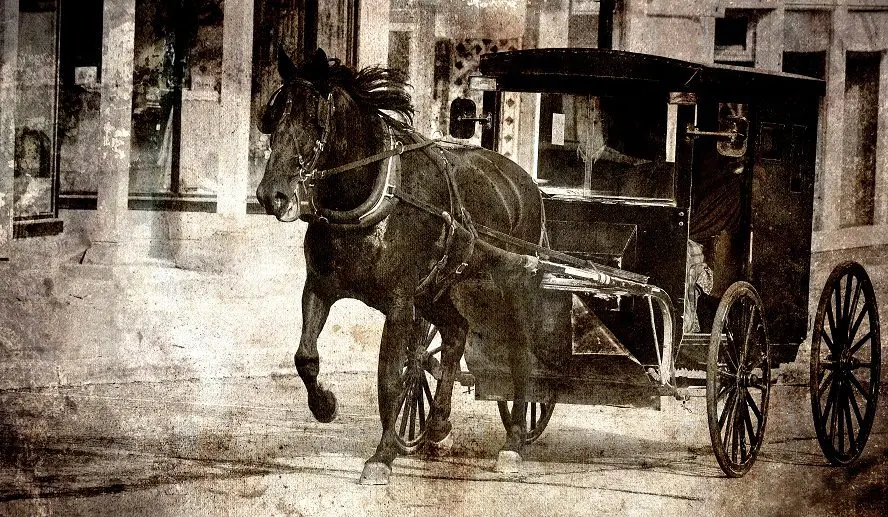
The government of the new Soviet country was in no hurry to cancel the decree of its predecessors, on the contrary, it supported the fight against drunkenness. Official reports and “front” journalists lauded this measure, enthusiastically telling how good it became to live in a new sober society. They wrote that the peasants, they say, no longer beat their wives and do not drink away their pay at taverns, but bring everything to the penny into the house, an atmosphere of peace and love reigns in families.
The reality, of course, was not so rosy. The number of offenses committed while intoxicated has decreased, it is difficult to argue with this. But on the other hand, dry law contributed to the critical stratification of society and the growth of discontent among the “lower classes”.
Only “ordinary” people fell under the ban – the gentlemen did not deny themselves anything, in restaurants of the first category it was still possible to order any alcohol. In addition, the nobles often had their own wine cellars with collections of elite alcohol. The decree was initially not aimed at them: it was not the counts with the princes who staged drunken brawls in the wine glasses, skipped work and slept under the fences. The social gap has become even wider. As a result, the ban was finally lifted only in 1923.
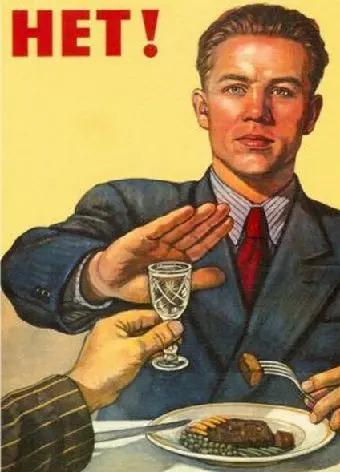
Another consequence of Prohibition in tsarist Russia was the rise of petty fraud. We are talking about class 2 restaurants and station teas. Officially, they fell under the decree, but everyone knew: there you can easily order a samovar of cognac or a bottle of supposedly mineral water (vodka). In addition, the number of food poisonings has increased significantly, often with a fatal outcome. People drank denatured alcohol, varnishes – everything that contained at least a drop of alcohol.
Mikhail Gorbachev and Prohibition in the USSR
In principle, the fight against drunkenness on the territory of the USSR never stopped – to one degree or another, restrictions have always existed. However, Mikhail Sergeevich, amazed by the scale of alcohol consumption per capita, “tightened the screws” completely. On May 17, 1985, a decree “On strengthening the fight against drunkenness” was issued, and modern analysts believe that this was the beginning of the end of the Soviet Union. For the anti-alcohol campaign, Gorbachev himself received two nicknames – “Mineral Secretary” and “Lemonade Joe”.

A massive anti-propaganda of alcohol unfolded. Films and books were censored, precious vineyards of the rarest varieties were cut down in the Crimea, Moldova, and the Caucasus. Thousands closed breweries and wineries.
The first and main effect of this step was not the sobering of the nation, but the budget deficit – the monopoly on vodka brought to the treasury up to 50% of all income from the sale of products. The number of absenteeism from work and study increased – the wine and vodka departments worked only from 14 to 19, they had to turn around somehow. Well, methylated spirits and cologne have, of course, taken center stage again in working-class home bars, not to mention the resurgence of the art of home brewing.
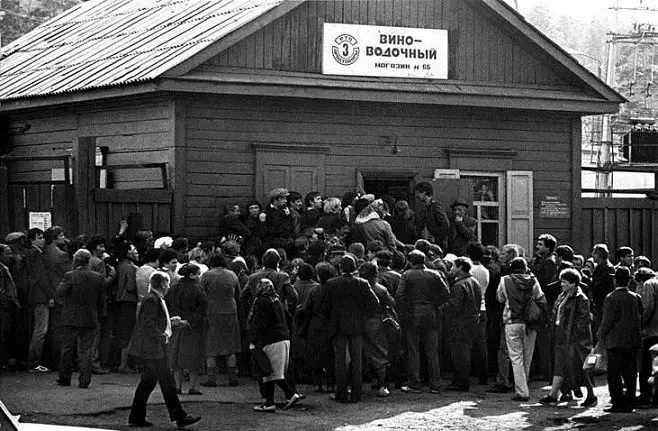
The most popular “cocktails” of the working class were:
1. Denatured alcohol (alcohol for technical needs). The liquid was ignited and waited until a blue flame appeared, indicating that the methyl alcohol had burned out (a very dubious test method). Because of the painted skull with bones on the bottle of denatured alcohol, the people called this swill cognac “Matrossky”, two bones.
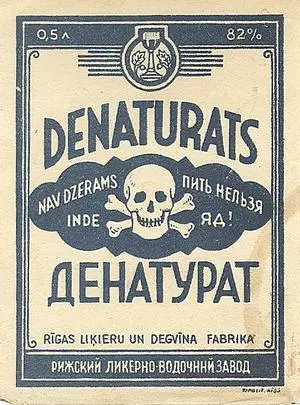
2. Clay “BF” (aka Boris Fedorovich). For cleaning, a drill was lowered into a container with glue and the drill was turned on at full power. Gradually, the drill wrapped the adhesive on itself, and the remaining alcohol with a nasty smell delighted drinkers.
3. Colognes and lotions. They had a more or less normal smell and taste, so they were very much appreciated during Prohibition. To remove impurities, a hot wire was lowered into the jar. Such cleaning helped only morally, but without this, drinking cologne was considered uncivilized.
4. Polish (liquid for finishing work). It was considered the drink of builders. For cleaning, 1 grams of salt was added to 100 liter of polish, shaken, then the sediment and foam were removed. Lovers of drinking polish could be seen from afar – by the characteristic brown-violet complexion.
5. Dichlorvos and shoe polish. The most severe methods when there were no other options. Diflofos was usually sprayed into a mug of beer, since in addition to alcohol, it also caused toxic intoxication. Gutalin was spread on a piece of bread. After a while, the bread absorbed the alcohol.
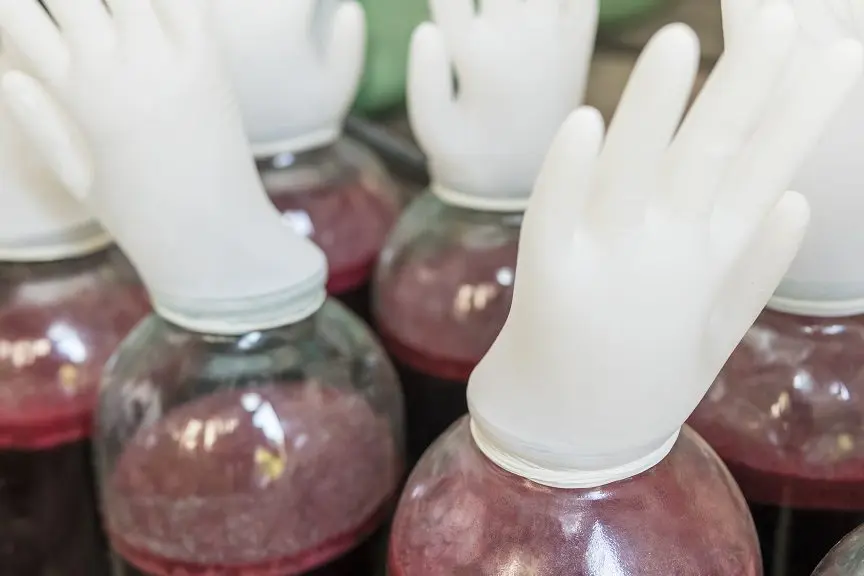
Prohibition also had a positive effect in the USSR: the birth rate increased, the life expectancy of men increased, people began to save more money in savings banks. However, the negative effects more than offset this benefit.
Woodrow Wilson and Prohibition in the USA
Prohibition in America, unlike a similar project in Russia, was based not on a humanistic, but on a purely economic basis: in the conditions of the global crisis and the First World War, it was much more profitable for the States to send grain that had sharply increased in price for export than to use it for production. alcoholic products.
In addition, most of the wineries and breweries belonged to the Germans, and in the wake of the increased patriotic idea of national identity, the Americans did not want to become a source of income for the citizens of another country.
In 1920, the Eighteenth Amendment to the US Constitution was adopted, which prohibited the sale, production and transportation of alcohol. It is curious that President Wilson himself opposed this bill and even vetoed it, but Congress managed to get around the presidential ban, and the amendment came into force.
The most obvious consequence of this step was the emergence of bootlegging – the smuggling of alcohol. On this wave, several large mafia clans have matured and flourished. In the famous comedy “Only Girls in Jazz” you can see tangentially what the showdown between two bootlegging groups looked like.
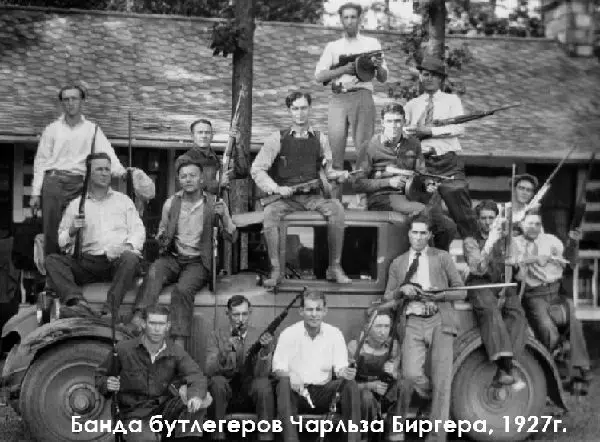
Corruption was another anti-alcohol problem – mafiosi had enough money to buy politicians and silence the police.
The third problem is that the production and consumption of moonshine has increased (such people were called moonshineers from the English moon shine (moonlight) – they say they do their dark deeds exclusively at night, by the light of the moon). Until now, moonshine in America is called “moonshine”.
There was also a positive effect – a decrease in the number of injuries and disasters, a decrease in individual crime (compensated by the growth of organized crime), and the improvement of the nation. However, compared with the negative consequences, this was a drop in the ocean, especially since, against the backdrop of the Great Depression, everyone was not up to the war on drunkenness. In 1933, the Twenty-First Amendment successfully repealed the Eighteenth, and everything was back to normal.
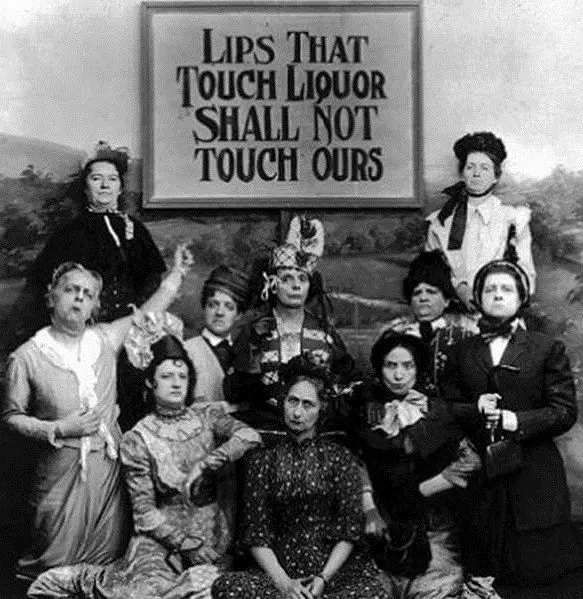
Why any prohibition is doomed to fail
Because the rule “in order for a cow to eat less and give more milk, she needs to be fed less and milked more” does not work. Refusal from the usual way of life can only be conscious, and not imposed from the outside. A person will always find a way to get what he wants, even if it means risking his life or breaking the law.
To reduce the consumption of some product (any, not necessarily alcohol), it is not enough to forbid people to buy it. It is necessary to radically change the consciousness of citizens so that they no longer consider this product an indispensable part of life. In the case of alcohol, this task seems to be practically unrealizable.
Russia and America are not the only countries trying to limit the consumption of alcoholic beverages. For a long time, dry laws were in force in the countries of Scandinavia, Finland, and a number of other states. The result is always the same: the flourishing of moonshining, smuggling, bribery and the threat of economic isolation from other countries.
In the case of Norway, for example, Prohibition had to be abolished due to the discontent of France, Italy and Spain. These countries – major wine exporters – have threatened to stop buying Norwegian fish if the Scandinavian market is not returned to them.

Ridiculous anti-alcohol laws
In terms of ridiculous laws, of course, America is in the lead, but “pearls” can be found in the legislation of any country.
New Jersey: It is forbidden to offer tobacco and alcohol to animals in the zoo (in case they agree, they will earn an addiction, then they will have to take them to Alcoholics Anonymous meetings).
St. Louis: you can not drink beer while sitting on the street (standing is allowed).
Chicago: It is forbidden to drink alcohol while standing on the street (drinkers from St. Louis should change places with Chicago colleagues).
Cleveland: Don’t pass a bottle of alcohol around.
Topeka: It is forbidden to drink wine from tea cups.
California: The fairy tale “Little Red Riding Hood” is not included in the elementary school curriculum. In the original version of Perrault, the granddaughter carried to her grandmother not only pies, but also a bottle of wine, and this turned out to be enough to attribute the work to the propaganda of alcoholism.
Pennsylvania: A husband cannot buy alcohol without the wife’s written permission.
Bolivia: Women are allowed to drink only one glass of wine in public.
Holland: you can not sell beer and wine on Sunday, but you can offer the same drinks in the form of cocktails.









